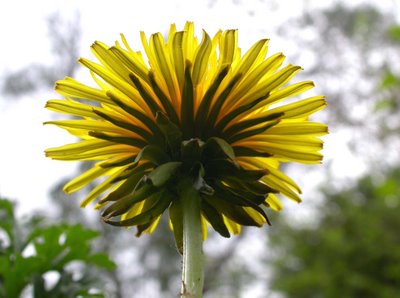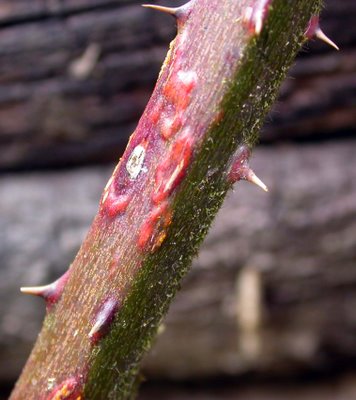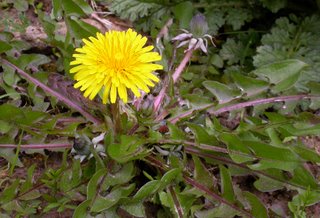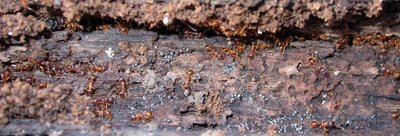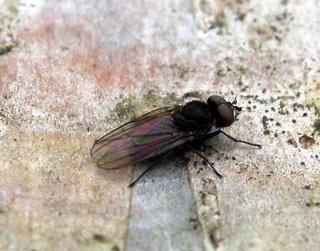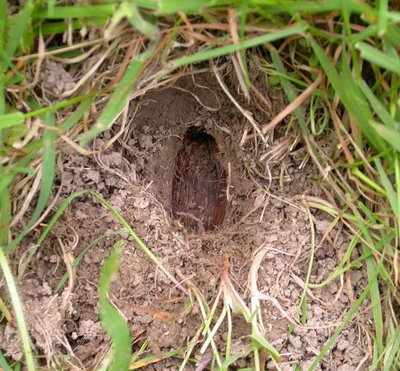
On the edge of The Waste, just in front of my green plastic bench, I discovered a hole in the earth where the grass had been parted and an animal had dug. The base of the hole consisted of half the shell of an acorn like the remains of a Viking ship burial.
The kernel of the acorn had gone and the upper shell lay discarded on the earth nearby. I had not noticed the burying of this acorn, presumably in the autumn, and probably by a grey squirrel, but its rediscovery has deprived me of a baby oak tree though I rather like the idea of acorns rather than oysters 'served on the half-shell'.
